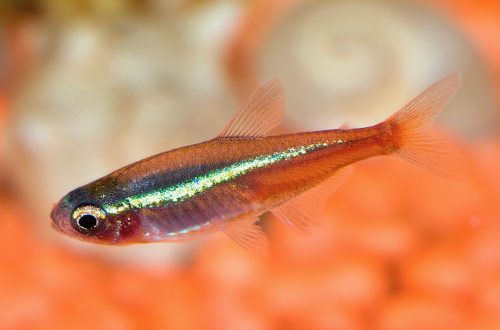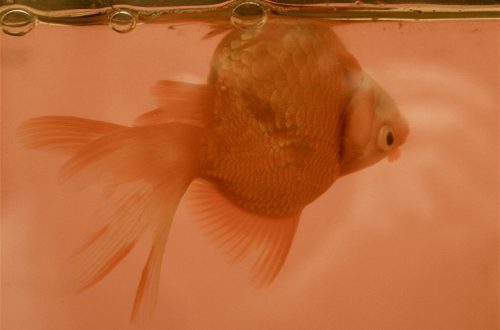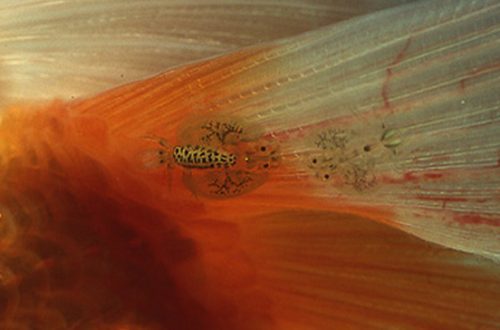
Pseudomonas infection
A widespread disease caused by the bacterium Pseudomonas, which lives in fresh water. Able to live asymptomatically for a long time on the surface of the body of fish and in the intestines.
This type of bacteria has one interesting ability, if phosphates are dissolved in water, it produces the pigment fluorescein, which glows in the dark with a greenish-yellow light.
Symptoms:
The appearance of hemorrhages, ulcers in the oral cavity and on the sides of the body. Sick fish are usually covered with small dark spots of irregular shape.
The causes of the disease
Bacteria enter the aquarium from natural reservoirs in a place with water, plants, soil or live food. Possible infection through contact with sick fish. Bacteria manifest themselves only with a significant deterioration in the conditions of detention, when the immunity of the fish weakens and thereby contributes to their rapid development in the body. The main reason is unsuitable conditions of detention.
Disease Prevention
Avoiding the entry of bacteria into the aquarium is unlikely to be possible if live food is present in the diet, but Pseudomonas can become harmless neighbors if the optimal conditions of keeping necessary for specific types of aquarium fish are maintained.
Treatment
The bacterium will need to be destroyed both in the aquarium itself and in the body of the fish. Chlortetracycline solution is added to the general aquarium 4 times a day for a week in a proportion of 1,5 g per 100 liters.
Treatment of sick fish should be carried out in a separate tank – a quarantine aquarium. Methyl violet is added to the water in the proportion of 0,002 g per 10 liters, the fish should be in this weak solution for 4 days.
Bathtubs are allowed. In a container, for example, a plate, potassium permanganate is diluted in a ratio of 0,5 g per 10 liters. a sick fish is immersed in the solution for 15 minutes. Repeat the procedure 2 times.





